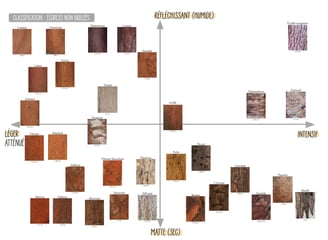
THE MONSTERS OF THE LANDEs
My short film Les Monstres des Landes is inspired by the mega-fires of 2022, which occurred in my region just before I started my master’s degree.
These events left a deep impact on me, and influenced by media coverage and my encounters on-site, I wanted to explore this tragedy from a different perspective. I chose to depict it as a fantasy tale for children, offering them an alternative view of the events—one that steers away from the shocking images often shown in the media.
The film, structured as a left-to-right tracking shot, symbolizes not only the chronology of the story but also the helplessness and inevitability of the events. Its visual style was entirely crafted using materials collected from the burned sites, such as charred wood from Landiras, sand from the Dune du Pilat, and other elements from affected areas.
Through its “monsters” (the fires and monstrous humans representing pollution) and its “heroes” (the firefighters), the short film raises awareness while paying tribute to those who fought to protect the forest.
TITLE: THE MONSTERS OF THE LANDES
PITCH: Marion lives in a peaceful village in the heart of the Landes forest. One day, everything changes—the greed of malicious inhabitants awakens two fire monsters, ready to devour her forest and village.
DURATION: 9minutes
TECHNIQUE: Hybrid approach (materials, textures, and digital 2D animation)
YEAR OF PRODUCTION: 2022-2024
Teaser of the short film ( in competition at festivals).
From the Gironde Wildfires to the Short Film
Discover below some key stages of the film’s creation.
Investigation on the Burned Sites
I visited the sites, first in Landiras and then in La Teste-de-Buch, to observe the devastated areas and collect materials. This approach allowed me to establish a direct connection between the film’s aesthetics and the locations ravaged by the fires.









From Material Collections to Texture Classifications
Back in the studio, I photographed the materials collected on-site and then categorized them by type and texture. Next, I organized them into a two-axis diagram to determine their use throughout my short film, based on the intensity and moisture level of the scenes (the more burned, the drier).
Below is an example with tree bark, the primary material used in the film’s visual aesthetic.









